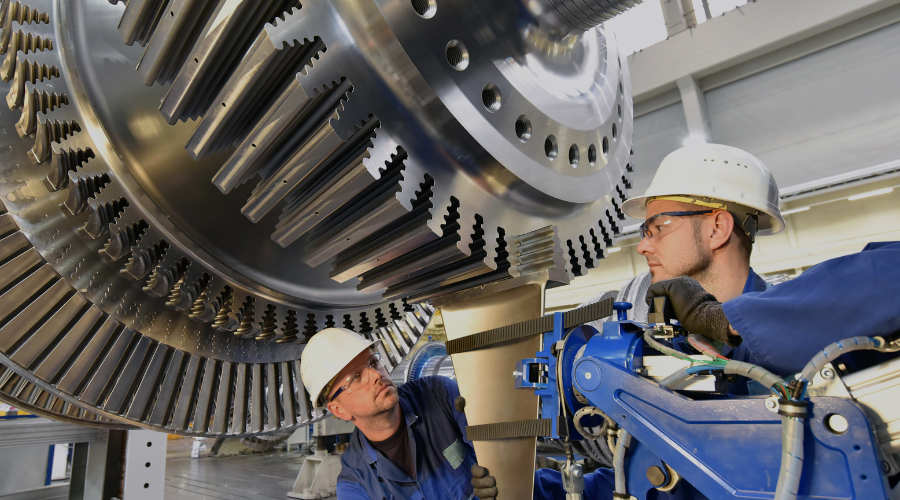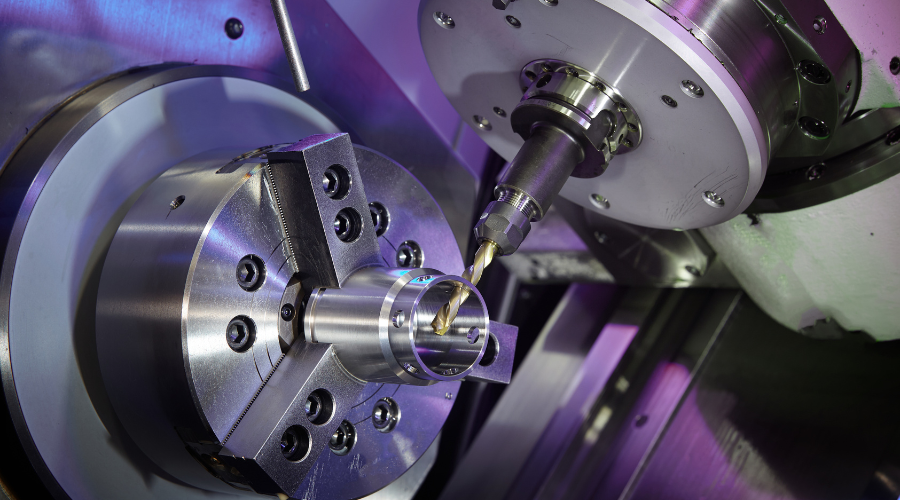

Is the steel industry moving fast enough to meet international climate goals?

Sustainability and Innovation
As the world grapples with the challenges of climate change, the urgent need for clean energy solutions extends to every sector. The steel industry, known for its significant carbon emissions, stands at a crossroads, poised to embrace a transformative journey towards sustainable production.
Payment terms in the Dutch metal and steel sector
Although the steel and metal sector produces only about 1% of the Dutch GDP, it plays a crucial role as a key supplier to the construction, automotive and machinery industries. Payment terms in the Dutch metal and steel sector vary depending on the position within the supply chain and are on average around 60 days. Over the past two years, payment behavior has been favorable and insolvency rates have remained low, helped by the government's fiscal stimulus measures in response to the COVID-19 pandemic. Read more about payment practices in the Dutch metal and steel sector here.
In this blog, I delved into the key insights from the factsheet "Clean Energy Transition - Steel” exploring opportunities and challenges associated with decarbonizing steel production.
The climate imperative
The steel industry has long been a major contributor to global greenhouse gas emissions. Traditional steel production processes rely heavily on coal and coke, emitting significant amounts of carbon dioxide. Recognizing the urgent need to address climate change, the industry must take decisive action to reduce its impact on the environment. To achieve a clean energy transition, the report stresses the importance of innovative technologies. Direct reduction based on hydrogen, Carbon Capture and Utilization (CCU), and Electric Arc Furnaces (EAF) are among the transformative solutions that can significantly reduce carbon emissions in steel production. These technologies not only enable greener operations but also offer opportunities for greater efficiency and cost savings.
Policy support and regulatory framework
While technological advancements are crucial, a supportive policy environment is equally vital to accelerate the clean energy transition in the steel industry. The report emphasizes the role of governments in implementing favorable policies, funding programs, and carbon pricing mechanisms. By providing stability and incentives, policymakers can encourage steel producers to adopt cleaner technologies and invest in sustainable practices.
A successful clean energy transition requires collaboration among various stakeholders. Governments, steel producers, technology providers, and financial institutions must join forces to drive innovation and knowledge sharing. Strategic partnerships can unlock synergies, leveraging expertise, resources, and funding opportunities to accelerate the transformation.
The transition to cleaner steel production opens up exciting investment scenarios. From hydrogen production and renewable energy integration to carbon capture technologies and infrastructure development, these investments not only contribute to decarbonization but also offer promising returns. Public-private partnerships can play an essential role in attracting capital and fostering sustainable growth.

Managing risks for a smoother transition
While the path to clean energy offers many opportunities, it is not without risks. Financial, technological, political and market uncertainties can play an important role. Financial, technological, political and market uncertainties present challenges that need to be addressed strategically. The report highlights the importance of robust risk management strategies to navigate through this complexity to ensure a smooth and successful transition.
Embracing the circular economy
Besides reducing carbon emissions, the steel industry can further contribute to sustainability through a circular economy. By recycling and reusing steel products, the industry can reduce its dependence on raw materials and minimize the extraction of natural resources. The clean energy transition in the steel industry holds immense potential for a more sustainable future. By leveraging technological innovations, supportive policies, strategic collaborations, and circular economy principles, steel producers can significantly reduce their carbon footprint.
It does seem that the Dutch state, together with industry, has a crucial role to play in driving this transition and unlocking the opportunities presented. By reusing, recycling, and re-purposing steel products, the industry can reduce its reliance on raw materials and minimize the extraction of natural resource waste. Adopting circular practices aligns with the principles of a more resource-efficient and environmentally conscious future.


